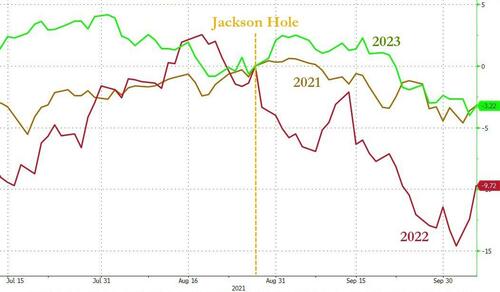000 WTPZ42 KNHC 211443 TCDEP2 Hurricane Gilma Discussion Number 13 NWS National Hurricane Center Miami FL EP072024 800 AM PDT Wed Aug 21 2024 This morning, Gilma's structure on satellite has continued to improve, with infrared satellite depicting a banding type eye appearing intermittently as convection attempts to wrap around the estimated center. In addition, we received a 0933 UTC AMSR2 microwave pass which showed a developing eyewall on both the 89-GHz and 37-GHz channels, though with some vertical tilt. The latest subjective Dvorak intensity estimates from TAFB and SAB were both T4.5/77-kt, which also matches the latest ADT estimate. Thus, Gilma's initial intensity will be raised to 75 kt for this advisory. Gilma appears to be moving just north of due west, but slower than earlier, estimated at 280/6 kt. Over the next few days, a large subtropical ridge poleward of the hurricane should continue to steer it generally westward to west-northwestward. However, this ridge becomes positioned a little farther northwest with time as a subtle weakness north of the storm forms, resulting in a slower-than-typical forward motion for this part of the Eastern Pacific basin. The latest track guidance this cycle is notably slower and more equatorward than the previous cycle, and the NHC track was shifted in that direction, but not quite as far as the reliable track consensus guidance TVCE and HCCA. As mentioned in the previous discussion, if these southward trends continue, further southward adjustments may be necessary. With the improvement of Gilma's inner core structure this morning, the hurricane may be poised to intensify more over the next day or two. This scenario is shown by the recent hurricane-regional model guidance, which shows more intensification than the prior cycle. Given the reduction in vertical wind shear noted in the recent SHIPS guidance and as Gilma remains over 27-28 C sea-surface temperatures for the next 48 h, the NHC intensity forecast now shows intensification into a Category 3 hurricane over this time period. This intensity forecast is higher than the previous one, but is in good agreement with the latest HCCA consensus aid. However there remain some hurricane-regional models that show even more intensification (e.g., HAFS-A). After 48 h, sea-surface temperatures begin to gradually decrease, and slow weakening is expected to begin thereafter, though less than the previous advisory due to the further south track over warmer ocean waters. FORECAST POSITIONS AND MAX WINDS INIT 21/1500Z 16.0N 122.8W 75 KT 85 MPH 12H 22/0000Z 16.2N 123.7W 85 KT 100 MPH 24H 22/1200Z 16.5N 124.8W 95 KT 110 MPH 36H 23/0000Z 16.8N 125.9W 100 KT 115 MPH 48H 23/1200Z 16.9N 127.2W 100 KT 115 MPH 60H 24/0000Z 17.1N 128.5W 95 KT 110 MPH 72H 24/1200Z 17.3N 130.3W 90 KT 105 MPH 96H 25/1200Z 17.5N 133.5W 85 KT 100 MPH 120H 26/1200Z 18.0N 137.5W 70 KT 80 MPH $$ Forecaster Papin/Alaka
Originally Posted at:
NATIONAL HURRICANE CENTER and CENTRAL PACIFIC HURRICANE CENTER
At The NATIONAL OCEANIC AND ATMOSPHERIC ADMINISTRATION
Stay Updated with news.freeptomaineradio.com’s Daily Newsletter
Stay informed! Subscribe to our daily newsletter to receive updates on our latest blog posts directly in your inbox. Don’t let important information get buried by big tech.
Current subscribers:




